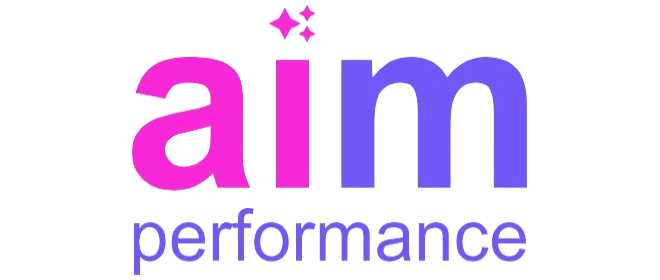In industries that rely on blue-collar workforce, the physical and mental demands of labor can lead to exhaustion and disengagement. Recognizing this early is essential for maintaining productivity, ensuring employee well-being, and avoiding turnover. Performance management systems are key in detecting early signs of burnout, allowing managers to address issues before they escalate.
This blog explores how performance management systems support the early identification of burnout for blue-collar employees and how these tools contribute to overall workforce health.
Understanding Stress and Exhaustion in Blue-Collar Workforce
Stress and exhaustion are common in labor-intensive roles due to the physical demands, long hours, and often tough working environments. When left unchecked, these challenges can lead to severe disengagement and reduced productivity.
By the time stress turns into full burnout, employees may already be disengaged or struggling to meet expectations. Performance management tools can help by identifying the early indicators and providing valuable insights to address the issue proactively.
How Performance Management Systems Identify Early Signs of Burnout
Performance management is not only about tracking productivity, it is about understanding the human aspect of work. For blue-collar employees, regular performance reviews, data analysis, and feedback are critical for identifying signs of exhaustion or dissatisfaction.
Systems designed for performance management monitor key indicators, such as absenteeism, decreased output, and increased error rates, which often serve as early warning signs of burnout. These insights enable managers to take preventive actions before more significant problems emerge.
Key Metrics for Identifying Burnout Early
Performance management systems offer a wealth of data, but knowing which metrics to focus on is essential. For the blue-collar workforce, signs of burnout often show up as drops in key performance indicators (KPIs). Declining work quality, missed deadlines, and frequent absences are all red flags.
When employers track these metrics through performance management systems, they can catch subtle declines in performance and address them early. This approach allows companies to provide necessary support to employees, such as offering additional training, adjusting workloads, or providing more flexible schedules.
Monitoring Absenteeism as an Indicator of Burnout
One of the most common signs of early disengagement is rising absenteeism. Employees facing stress and exhaustion often take unplanned days off or arrive late, signaling that they are struggling with their workload.
By tracking attendance through performance management systems, employers can detect patterns of absenteeism and intervene early. Addressing attendance issues promptly can help alleviate stress and prevent it from escalating into burnout.
Gaining Insights from Employee Feedback
Structured feedback is a vital component of performance management. Regular check-ins and surveys provide employees with a platform to share their experiences regarding their workload and work environment.
Stress and disengagement often begin when employees feel unsupported or overwhelmed. A robust feedback loop ensures that employees’ concerns are heard, enabling management to respond proactively and create a healthier workplace.
Effective Communication for Stress Prevention
A performance management system also fosters open communication between employees and management. Through regular performance discussions, managers can check in on employees’ workload, job satisfaction, and stress levels.
Establishing a culture of communication allows employees to express concerns when feeling overwhelmed. This openness helps to prevent burnout by allowing management to make necessary adjustments before the situation worsens.
Personalizing Performance Reviews to Address Stress
Performance reviews for blue-collar employees should go beyond productivity metrics to consider the unique challenges they face, such as physical strain and long shifts. Personalized reviews create an opportunity to address both physical and mental health concerns.
Managers can identify early signs of burnout by discussing both performance and well-being. A personalized approach fosters a sense of care and appreciation among employees, reducing their chances of disengagement.
Using Real-Time Data to Monitor Employee Well-being
In today’s digital age, performance management systems can provide real-time data on employee performance. This continuous tracking allows managers to spot trends that could indicate the onset of burnout.
For instance, a sudden drop in a employee’s output may signal that they are struggling with their workload. Having access to real-time data enables managers to respond quickly, preventing exhaustion from becoming a larger issue.
The Benefits of Early Burnout Detection for Organizations
Identifying and addressing burnout early has far-reaching benefits for both employees and organizations. For blue-collar workforce, it means improved well-being, better job satisfaction, and fewer health-related issues. For employers, early detection leads to increased productivity, lower turnover rates, and reduced costs associated with absenteeism and recruitment.
By leveraging performance management systems, organizations can create a supportive environment that promotes employee health and fosters long-term success. This proactive approach is key to maintaining a productive and satisfied workforce.
Conclusion
Performance management systems play a pivotal role in identifying early warning signs of burnout among blue-collar workforce. By tracking critical performance metrics, facilitating open communication, and using real-time data, organizations can detect stress and exhaustion before they become major issues.
Incorporating a proactive approach to performance management ensures a healthier, more productive workforce and a positive work environment.










